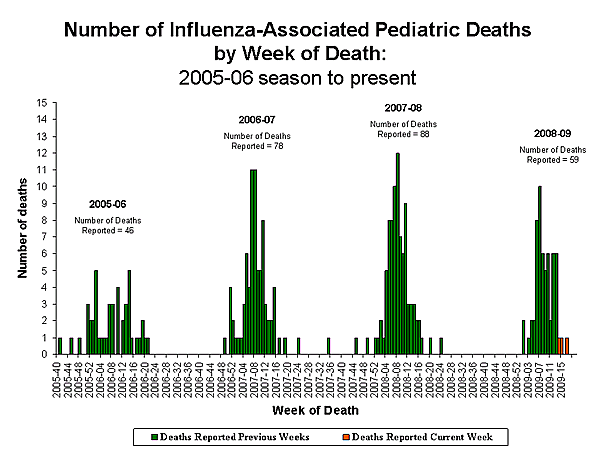9 positive A’s yesterday in the first 2.5 hours of work before running out of flu tests; shipment promised for tomorrow. As per Health Department recommendations, will consider everyone with flu-like illness without another diagnosis to have Swine Flu. As always, the problem is not Swine Flu, but the possibility of another, more dangerous, febrile infection masquerading as flu. Schools are back to the practice of sending children straight to the doctors. Bad idea.
And, the weather in New York has been beautiful, as it had been in Mexico when their outbreak started; any idea that flu is caused by winter cold is a non-starter. I did this interview a while ago:
http://www.everydayhealth.com/cold-and-flu/colds-and-the-weather.aspx
“Alaskans and Canadians living year-round above the Arctic Circle have no more winter colds than folks who live in Australia. These are old wives’ tales from an era when we had no ability to treat fever or other complications of infection. Folks created myths to explain what happens to protect their children from getting sick.”
Cold Weather Myths
Cold weather’s association with colds probably evolved from confusion, similar to beliefs about the origin of malaria. “Bad air around swamps was once believed to cause malaria,” says Anatoly Belilovsky, MD, a pediatrician in Brooklyn, N.Y. “Mosquitoes, also plentiful in swampy areas, actually carried the disease. Cold air and respiratory disease are connected, but the connection is more complicated than just ‘cold causes colds.’”On the contrary, cold weather appears to activate the immune system, according to a study by the Army Research Institute of Environmental Medicine, says Dr. Belilovsky. “Researchers examined the immunological responses to cold exposure and found that acute cold exposure, such as going outside without a jacket, actually appears to activate the immune system.” This occurs in part by increasing the levels of circulating norepinephrine, one of the body’s hormones, which works as a natural decongestant.
Weather as an Indirect Cause of the Cold
While simply stepping outside in cold weather without a jacket doesn’t cause a cold, hypothermia (the lowering of the body’s core temperature) suppresses immunity, which can lead to colds. “Most cold symptoms are produced by the body’s immune system physically responding to the rhinovirus,” says Belilovsky. “So, someone with a stronger immune system in the cold will produce more [mucus], while the one with the weaker immune system will sniffle longer, but less dramatically.” The person with the weaker immune system probably will have more complications, such as sinusitis or ear infections, Belilovsky adds.Cold weather may be indirectly responsible for colds, however. Vasoconstriction, when blood vessels close to the outside of the body narrow, such as those found in the nose, leads to dryness. “This dryness compromises the nose’s ability to filter infections,” Belilovsky explains. “On returning to warm air, rebound vasodilation occurs, where your hands get pink and your nose starts running as blood returns to it.” The cycle continues if the runny nose is severe enough to cause mouth breathing. Bypassing the nose’s ability to filter inhaled air, combined with dry indoor air, allows the inhalation of virus-bearing mucus, which may trigger colds and lower respiratory infections.
Cold-Induced Asthma
“Cold-induced asthma can certainly masquerade as a recurrent cold when it is not severe enough to produce acute attacks,” Belilovsky cautions. People may think that going outside with a wet head or no jacket solely causes a cold, but people in the early stages of an illness may actually feel hot. As a result, they may go outside without proper clothing and return with a full-blown fever. This makes it appear that the cold weather triggered a cold, but it was already under way.Cold temperatures are only indirectly linked to symptoms of the common cold. So bundle up and enjoy the winter.
Last Updated: 02/20/2009







